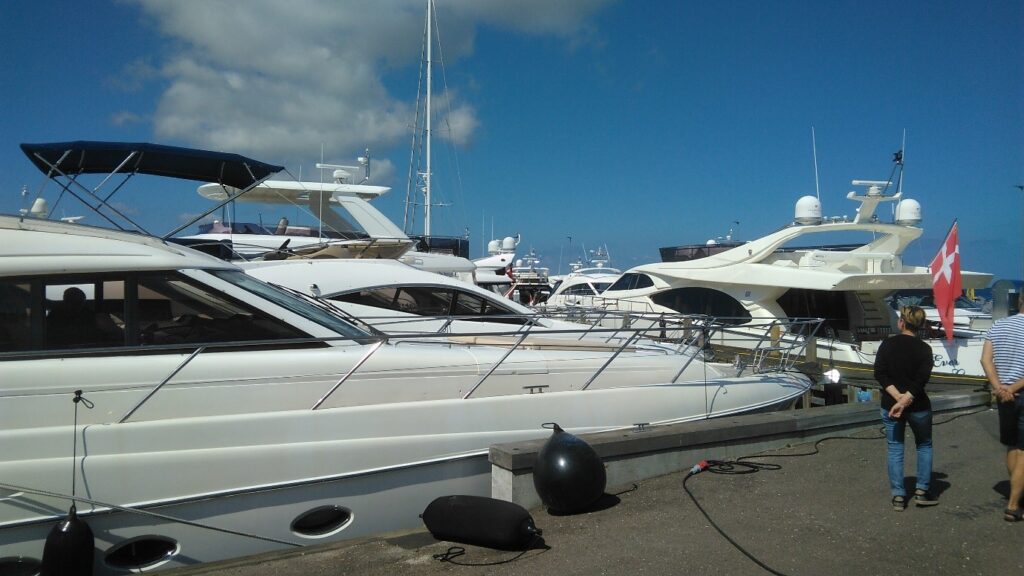Without any doubt Samsø is the proven evidence that green energy transition requires to put the community in the center for their own benefits.
In Samsø the population itself took the initiative to create new renewables related projects and the community invested in them, different actors such as farmers, locals, consumers, and businesses have participated in the different projects, knowing that there is a risk for everyone, but if everyone wants to push the island a step further, this is how it can be done in the end.
Samsø was already declared 100-percent sustainable regarding energy from wind, sun and biomass in 2007. Currently four district heating plants, eleven onshore turbines and ten coastal turbines supply the entire island with all the energy that is needed. Also, 70% of the electricity is exported on a cable to the mainland. At Samsø, one can see more electrical cars per citizen than in the rest of Denmark. With around 3,700 citizen the Samsø Energy Academy welcomes 3,000 energy-visitors annually. Hence with the approval of its climate action plan the island has committed to become 100% fossil-free and reach net zero by 2030.
According to the climate plan, Samsø faces several challenges to overcome: emissions from transportation, agriculture and adaptations to an already changing climate. Samsø’s emissions reduction efforts will focus on the ferry owned by the municipality connecting the island to the mainland. Samsø plans to switch from natural gas to locally produced biogas from a future biogas plant and, to transform the district heating plants from biomass to electricity.
The emissions from agriculture are difficult to bring down on an island that produces food for the cities in the rest of the country. Nevertheless, the climate action plan foresees forestation and changes of land use. For example, intentional flooding of low wetland will reduce methane emissions.

Although COVID-19 crisis affected the island and the planned developments within Smile project, Samsø Energy Academy managed to get an oracle on battery matters. Easter season was rather slow, but then the boats started to show up at Ballen Marina slowly. The cumulative number was almost normal by the end of August. According to harbor master Frederik Pedersen the number of visiting boats is up to par, despite the COVID-19 crisis. He also managed to predict the number of future boats. “I predict 60/60/20 boats for the upcoming Friday/Saturday/Sunday“, he said. That was before the weekend 18-20 September 2020. The actual numbers turned out to be 60/90/30.

Recent Comments